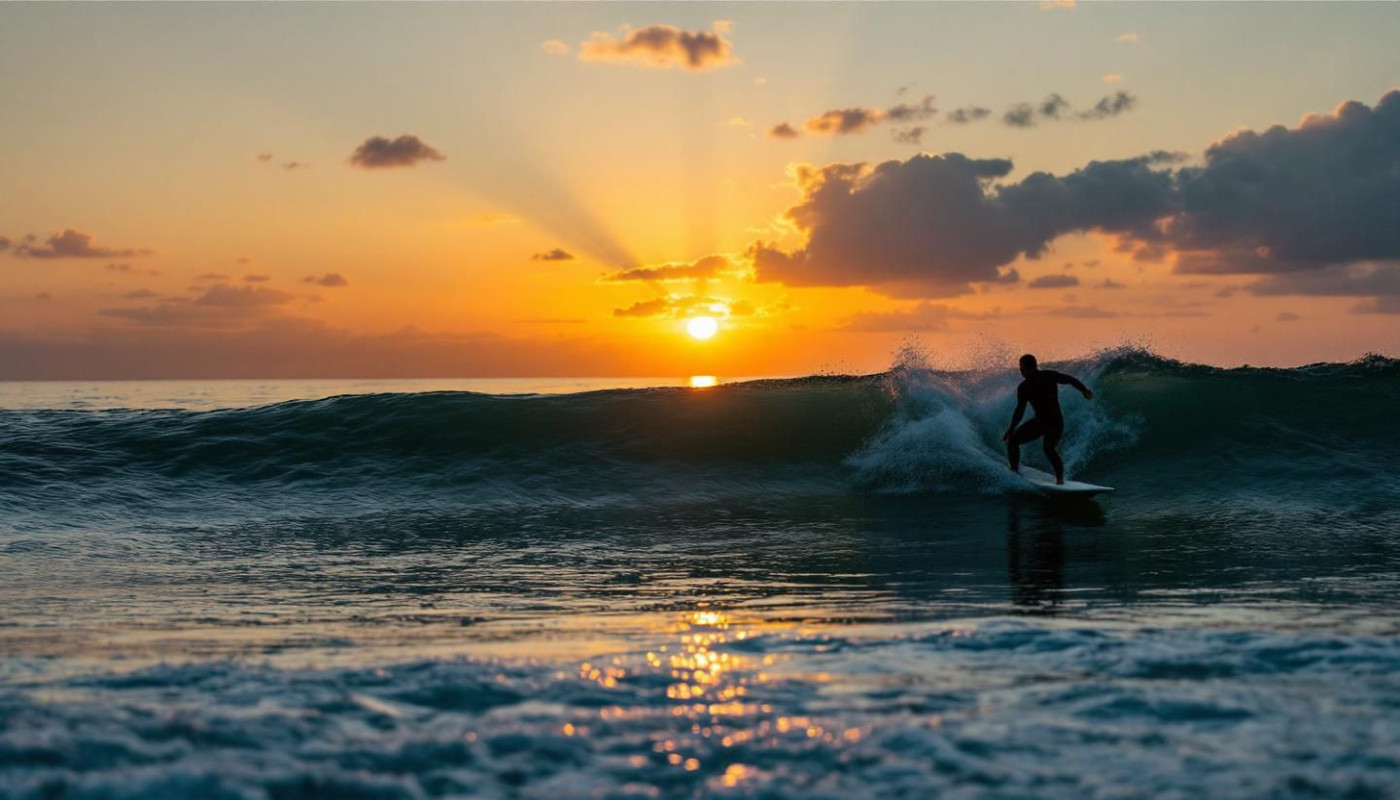Table of contents
Embarking on a multi-day river expedition requires not just a spirit of adventure, but also mastery over efficient packrafting techniques that ensure safety, enjoyment, and endurance. Exploring under-the-radar paddling routes offers an unparalleled opportunity to connect with nature, but it also presents unique challenges that demand specialized skills and knowledge. This post aims to unlock the secrets of packrafting, guiding enthusiasts through the nuances of preparing for and executing a successful journey on less-traveled waters.
Mastering the Art of Packrafting
Embarking on a multi-day river expedition requires a solid understanding of packrafting techniques that ensure not only enjoyment but also safety. Paddling efficiency is the cornerstone of a successful journey, with water reading skills being a pivotal part of river navigation. Identifying the nuances of currents, understanding how to maneuver through challenging rapids, and executing precise moves like the 'eddy turn' are indispensable for a seamless packrafting experience. Safety measures are equally imperative, as they protect adventurers from unforeseen hazards. An experienced packrafting instructor would emphasize the significance of mastering these skills, offering insights into the strategies that contribute to an efficient and rewarding expedition.
Choosing the Right Gear for Your Expedition
Selecting the appropriate packrafting gear for a multi-day river expedition is not only about enhancing comfort but also about ensuring the utmost safety and optimizing paddling performance. The equipment chosen must withstand the rigorous demands of remote waterways and unpredictable weather conditions. Gear durability is paramount, as it reduces the risk of equipment failure in locations where replacements are not readily accessible. Additionally, the weight of the gear is a significant consideration since it directly affects the ease of maneuverability and endurance on long paddling stretches. Lightweight yet robust materials are highly recommended to strike the right balance between portability and resilience.
Versatility is another key attribute of top-notch packrafting essentials. Multi-functional items that serve more than one purpose can drastically reduce the overall load and simplify packing logistics. For example, a compact sleeping pad that doubles as a seat cushion saves space and adds to paddler comfort during breaks. The technical term 'dry bag' is one that comes up often in discussions among seasoned expedition leaders. It is not a mere accessory but a vital component for safeguarding critical items from moisture; thus, selecting a high-quality dry bag is indispensable. In essence, equipping oneself with the right gear can spell the difference between a grueling ordeal and a rewarding adventure.
Planning Your Paddling Route
Effective route planning stands as a pivotal aspect of orchestrating a successful multi-day river expedition. Such thorough preparation involves an in-depth analysis of river characteristics, which encompasses understanding current speeds, rapids, water levels, and potential obstacles that may influence the journey. Expedition mapping is not only beneficial but indispensable for identifying strategic stop points for rest and resupply, ensuring that each leg of the journey is manageable and safe. Considering environmental factors is equally paramount, as they directly impact the paddling conditions and safety of the participants.
In pursuit of hidden paddling routes, one must assess the potential for adventure and solitude these lesser-known paths offer. Selecting the best under-the-radar routes contributes significantly to a fulfilling and unique experience, distancing oneself from the bustle of popular waterways. An expert cartographer, particularly one specializing in hydrography, would be adept at interpreting and employing a topographic map for paddling excursions. Their expertise aids adventurers in plotting a course that maximizes the expedition's enjoyment while minimizing unforeseen challenges.
Nutrition and Hydration Strategies
Embarking on a packrafting expedition demands vigilant attention to nutrition planning and hydration maintenance. A sports nutritionist with expertise in outdoor endurance activities would emphasize the significance of balancing high-energy foods with efficient meal preparation. To sustain the rigorous physical exertion, adventurers must manage their caloric intake with foods rich in carbohydrates, proteins, and healthy fats. Strategic meal preparation allows for the conservation of space and weight within the packraft, whilst ensuring a consistent energy supply. In parallel, water purification techniques are indispensable to secure a safe and adequate hydration source. Remaining hydrated is not only vital for performance but also for cognitive function, which is essential for navigating through challenging under-the-radar paddling routes. By combining nutritionally dense provisions and mastering water purification practices, packrafters can enhance their endurance, focus, and overall enjoyment of their multi-day river journey.
Leave No Trace and Environmental Stewardship
Embarking on multi-day river expeditions brings paddlers into the heart of nature's untouched beauty, particularly when navigating under-the-radar paddling routes. It is imperative to practice environmental conservation to preserve these pristine environments for future generations. Adhering to the Leave No Trace principles is paramount in such settings. Packrafters must be vigilant in minimizing their ecosystem impact, ensuring that their presence does not disturb local wildlife or natural habitats. Sustainable paddling practices are not merely a recommendation but a responsibility.
Conservation ethics should guide every decision on the water, from the campsite selection to waste disposal. Paddlers are encouraged to use biodegradable soap to avoid introducing harmful chemicals into the waterways. By making conscious choices, such as packing out all trash and avoiding the use of single-use plastics, adventurers support the health and longevity of aquatic ecosystems. Embracing these practices, individuals champion the cause of environmental stewardship, ensuring these hidden gems remain vibrant and unspoiled for adventurers yet to come.
On the same subject

Surfing off the beaten path exploring hidden surf spots around the world

Some tips for successful apnea

